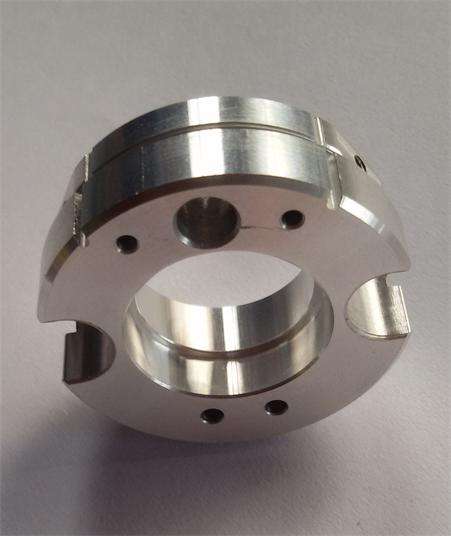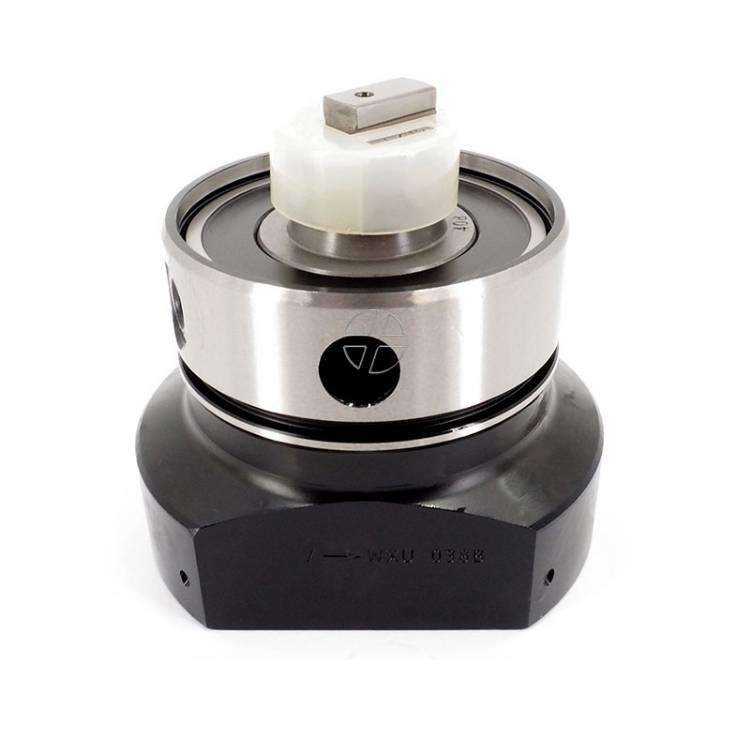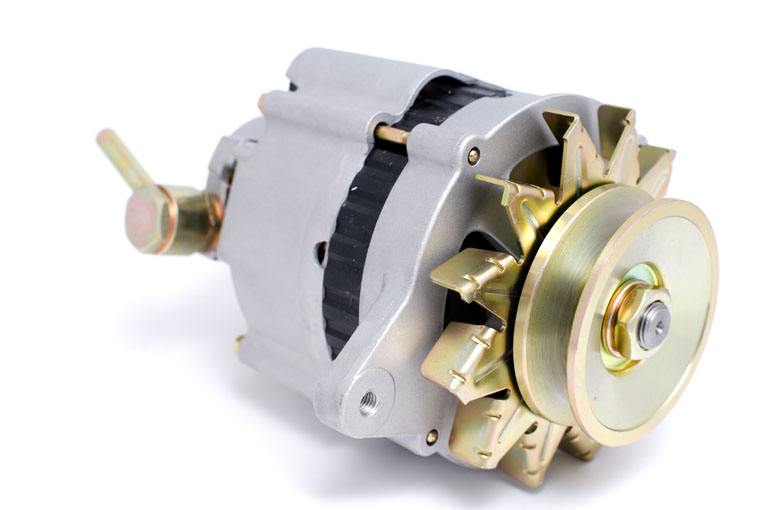CNC technology originated from the needs of the aviation industry. In the late 1940s, an American helicopter company proposed the initial idea of CNC machine tools.

In 1952, the Massachusetts Institute of technology developed a three-axis CNC milling machine. In the mid-1950s, this CNC milling machine was used to process aircraft parts.
In the 1960s, the CNC system and programming work became increasingly mature and perfect. CNC machine tools have been used in various industrial departments, but the aerospace industry has always been the largest user of CNC machine tools.
Some large aviation factories are equipped with hundreds of CNC machine tools, mainly cutting machine tools.
In the 1960s, the CNC system and programming work became increasingly mature and perfect. CNC machine tools have been used in various industrial departments, but the aerospace industry has always been the largest user of CNC machine tools.
Some large aviation factories are equipped with hundreds of CNC machine tools, mainly cutting machine tools.
The CNC processed parts include the integral wall panels, girders, skins, partitions, propellers of aircraft and rockets, as well as the mold cavities of aeroengine casings, shafts, disks and blades, and the special cavity surfaces of liquid rocket engine combustion chambers.
In the initial stage of the development of CNC machine tools, continuous trajectory CNC machine tools were mainly used. Continuous trajectory control, also known as contour control, required the tool to move relative to the part according to the specified trajectory. After that, it vigorously developed point control CNC machine tools.
Point control means that the tool moves from one point to another, as long as it can finally reach the target accurately, regardless of the moving route.
Features and benefits

From the beginning, the CNC machine tool selected the aircraft parts with complex profile as the processing object, which is the key to solve the problem that is difficult to be solved by ordinary processing methods. The biggest feature of NC machining is that the machine tool is controlled by perforated tape (or tape) for automatic machining.
Because aircraft, rocket and engine parts have different characteristics: the size of parts and components of aircraft and rocket is large and the surface is complex; Small size and high accuracy of engine parts and components. Therefore, the CNC machine tools selected by the aircraft, rocket and engine manufacturing departments are different. In aircraft and rocket manufacturing, large-scale NC milling machines with continuous control are mainly used, while in engine manufacturing, both NC machines with continuous control and NC machines with point control are used.
CNC machining has the following advantages:

① Greatly reduce the number of tooling, and do not need complex tooling to process parts with complex shapes. If you want to change the shape and size of a part, you only need to modify the part processing program, which is applicable to the development and modification of new products.
② The machining quality is stable, the machining accuracy is high, and the repetition accuracy is high, which is suitable for the machining requirements of aircraft.
③ The production efficiency is high in the case of multi variety and small batch production, which can reduce the time of production preparation, machine tool adjustment and process inspection, and reduce the cutting time due to the use of the best cutting amount.
④ It can process complex profile difficult to be processed by conventional methods, and even process some processing parts that cannot be observed.
The disadvantage of NC machining is that the cost of machine tools and equipment is expensive, and maintenance personnel are required to have a high level.













